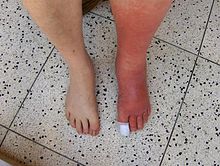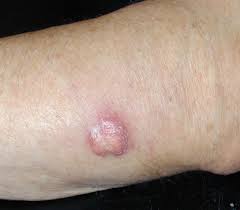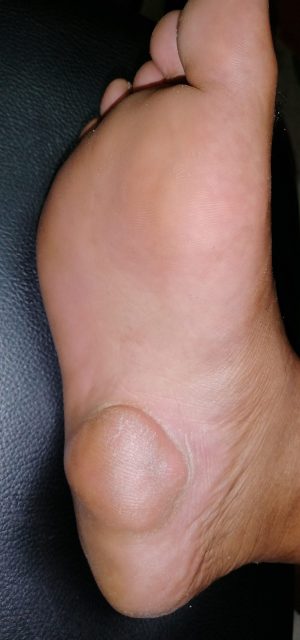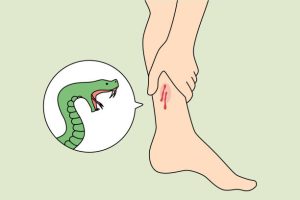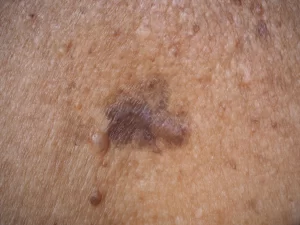
Strength training can be an effective way to rehabilitate foot injuries and prevent future injuries. Strengthening the muscles, tendons, and ligaments in the foot can help improve stability, balance, and mobility, as well as reduce pain and inflammation.
Some effective strength training exercises for foot injuries may include:
- Toe curls: Sit with your feet flat on the ground and a towel placed under your toes. Use your toes to scrunch the towel toward you and then release.
- Heel raises: Stand with your feet hip-width apart and raise up onto the balls of your feet. Lower back down to the ground and repeat.
- Ankle rotations: Sit with your legs extended in front of you and rotate your ankles in a circular motion, first clockwise and then counterclockwise.
- Resistance band exercises: Use a resistance band to strengthen the muscles in your feet by wrapping the band around your foot and pulling your foot toward your body or pushing it away.
- Calf stretches: Stand with your feet hip-width apart and place your hands on a wall. Step one foot back and press your heel into the ground to stretch your calf muscles.
It is important to work with a healthcare professional or physical therapist to determine the appropriate strength training program for your specific foot injury and to ensure that you are using proper form during exercises.


